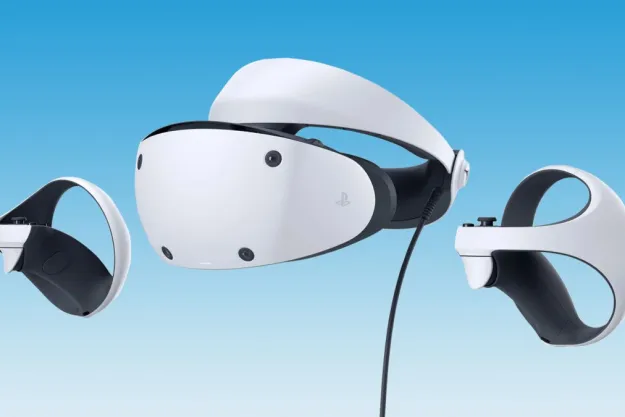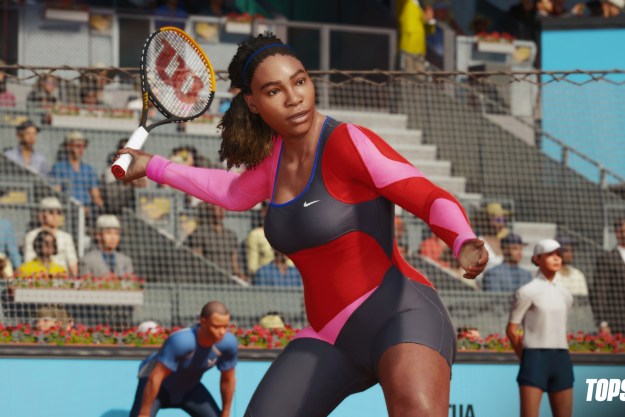“The thing that’s most important to us as an audio team is making sure that the person is always hearing the most important thing in the game at the time they’re supposed to hear it,” says Jay Weinland. “So when you’re firing your gun, that should be the most important thing that you hear in the game.”
Although Destiny’s weapons are far more futuristic than anything available today, Bungie took the opportunity to record real firearm audio in an area outside of Las Vegas. The M249 SAW, P90 submachine gun, and even a Barrett .50 caliber sniper rifle were all captured, but the studio also made use of an explosive substance called Tannerite, which was used for the game’s grenade detonations.
For the use of more subtle, mystical effects, musical instruments functioned perfectly. Sound designer Evan Buehler made use of a vibraphone and a cello bow to create soft, ringing tones that were used for energy fields and other more “magical” sounds.
“Bungie has gotten so much bigger, but Bungie still maintains the philosophy of ‘iteration until it’s right,'” says audio director C Paul Johnson. “There’s a system there to build on and there’s a lot of depth to that.”
It’s pretty remarkable to see what Bungie has been able to accomplish with Destiny‘s audio since parting ways with longtime audio director and composer Martin O’Donnell. O’Donnell claimed he was “terminated without cause” after completing his work on the original game, and won a lawsuit last September against Bungie CEO Harold Ryan for unpaid wages and lost shares. He’s currently working with new studio Highwire games on the PlayStation VR-exclusive Golem.


